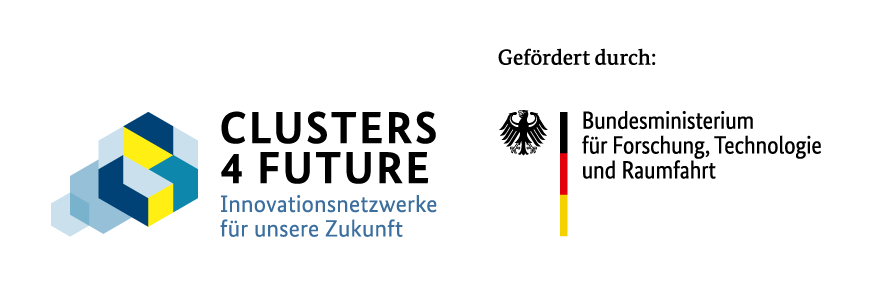We are committed to innovation-friendly framework conditions in mobility.
With targeted standardization, smart regulation and strategic dialogue, we are actively shaping the mobility transition.
Our goal: a sustainable, safe and efficient mobility system that promotes new technologies and concepts.
To this end, we work closely with political decision-makers, associations and industry. Together, we develop data-based recommendations - and rely on strategic communication to make an impact.
Establishing uniform standards and regulations that serve as a basis for reliably integrating innovations into existing mobility systems and developing their impact systemically.
Active dialog and project-based cooperation with political decision-makers, municipal administrations, industry associations and industry partners - for example, to create conducive framework conditions, pilot projects in real-world laboratories or the integration of sustainable mobility concepts into existing infrastructures.
Based on the latest scientific findings, specific measures are developed to promote innovative mobility solutions in a targeted manner. These provide a practice-oriented basis for decision-makers from politics, business and society.
We rely on data-based storytelling to convey complex content in a tangible and effective way. By combining sound scientific findings, vivid visualizations and narrative formats, we create understandable and emotionally appealing means of communication. The aim is to help shape social debates, support political decision-making processes and strengthen the acceptance of innovative mobility solutions among the general public.
Through the dialog between science, politics, business and society, we create a common basis for effectively transferring new impulses into existing structures and strategically supporting change. We use this platform for a systemic exchange on key future mobility issues.
Through MCube, we have already been able to realize several effective projects and publications in the field of Policy Recommendations realize.
For sustainable and socially inclusive mobility, we need well-founded and responsible political decisions. MCube uses application-oriented research to provide a basis for decision-making for the mobility of the future. With the "MCube Innovation Recommendations" series, we communicate research findings and recommendations for action to policy-makers and all interested parties.
We have put five key mobility demands to the German government as a lever for growth, climate protection and cohesion. These are
Here you can download the full-length thesis paper as an online version: MCube thesis paper 5-point plan
Want to shape the future of mobility with us?
Then please get in touch with us.

What is MOSAIQ?
Imagine something: There is more space for people. The streets have more trees and plants. Everyone can get around better. That's how your Schwabing-West district could be in the future. How would you like your district to be? We want to talk to you about it!
The project is called MOSAIQ. MOSAIQ is a research∙project. MOSAIQ means: Mobility and urban climate in the future city∙part. The Technical University of Munich is leading the project.
What is MOSAIQ about?
MOSAIQ wants to make the streets in the city∙part more beautiful. People should feel comfortable there. There should be more space. For meetings and plants, for example. You can help decide what is tried out in the Stadt∙teil. The ideas come from you. Some ideas will be tried out on the streets for a certain period of time.
The aim of MOSAIQ is to make urban districts good places to live.
At the same time, the climate in the city should improve. And people should be able to move around the city easily.
What is happening in the district?